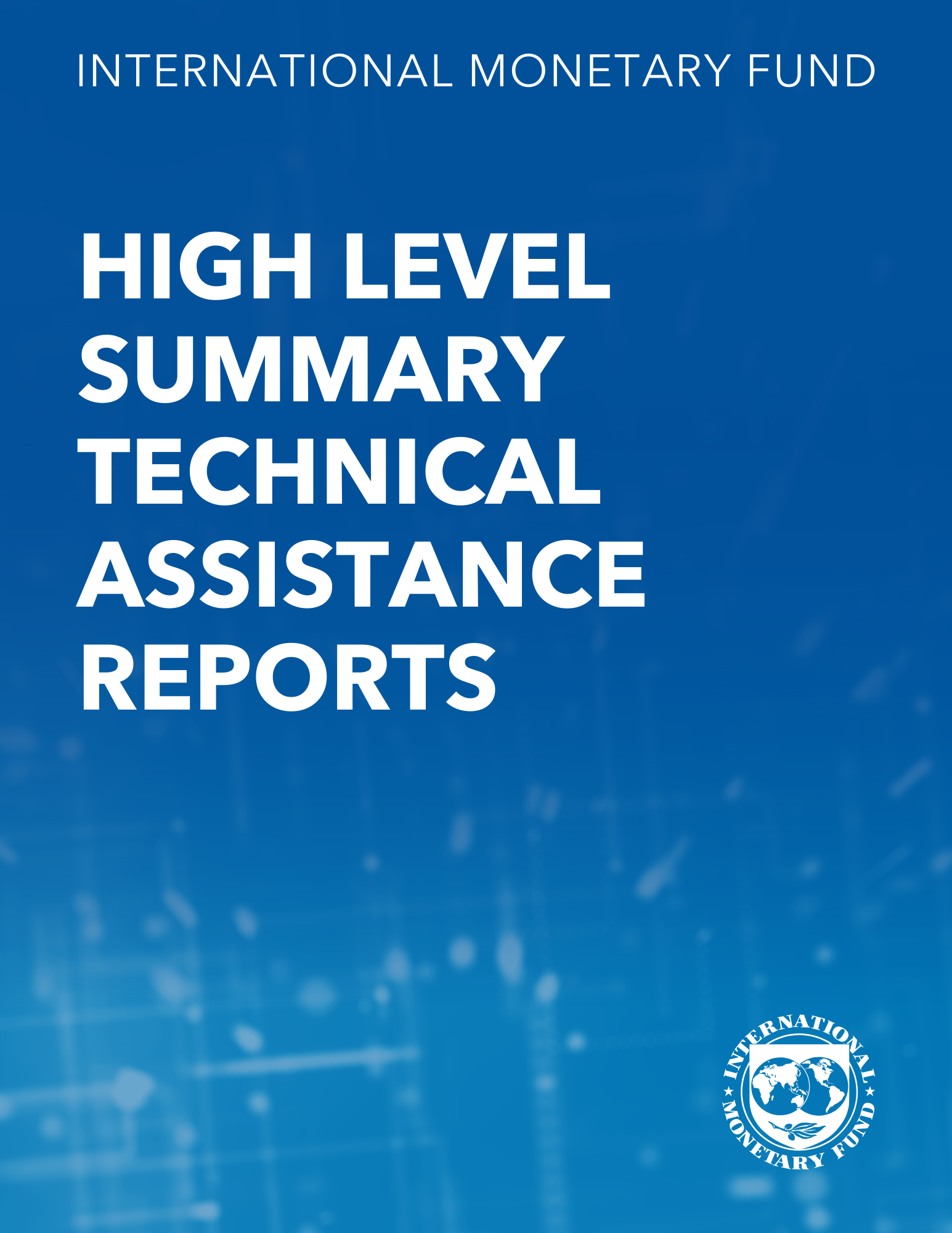Does Excess Liquidity Pose a Threat in Japan?
April 1, 2005
Disclaimer: This Policy Dicussion Paper should not be reported as representing the views of the IMF.The views expressed in this Working Paper are those of the author(s) and do not necessarily represent those of the IMF or IMF policy. Working Papers describe research in progress by the author(s) and are published to elicit comments and to further debate
Summary
This paper examines the effects of quantitative easing implemented by the Bank of Japan (BoJ) since early 2001, looking specifically at the impact on inflation expectations and real asset prices. It suggests a number of possible channels through which quantitative easing may have exerted influence, and reviews some of the empirical evidence linking open market operations and long-term bond purchases to real yields and other asset prices. It argues that quantitative easing has had smaller effects on nominal and real variables than desired, mainly because the BoJ has not succeeded in credibly communicating its policy intentions once the zero bound on short-term rates ceases to be binding. It argues that setting clear goals for inflation and a return to interest rate targeting are not only key elements of a successful strategy to avoid deflation, but are also essential to pin down expectations and avoid instability once deflation wanes.
Subject: Banking, Central banks, Financial institutions, Financial services, Monetary base, Monetary policy, Money, Open market operations, Short term interest rates, Sovereign bonds, Unconventional monetary policies
Keywords: Asia and Pacific, BoJ communications, BoJ policy announcement, BoJ's announcement, BoJ's intention, BoJ's policy, BoJ's purchase, expectations, interest rate, Monetary base, Monetary policy, nominal interest rate, Open market operations, PDP, price level, price level goal, quantitative easing, Short term interest rates, Sovereign bonds, Unconventional monetary policies
Pages:
27
Volume:
2005
DOI:
Issue:
005
Series:
Policy Discussion Paper No. 2005/005
Stock No:
PPIEA2005005
ISBN:
9781451975666
ISSN:
1564-5193






